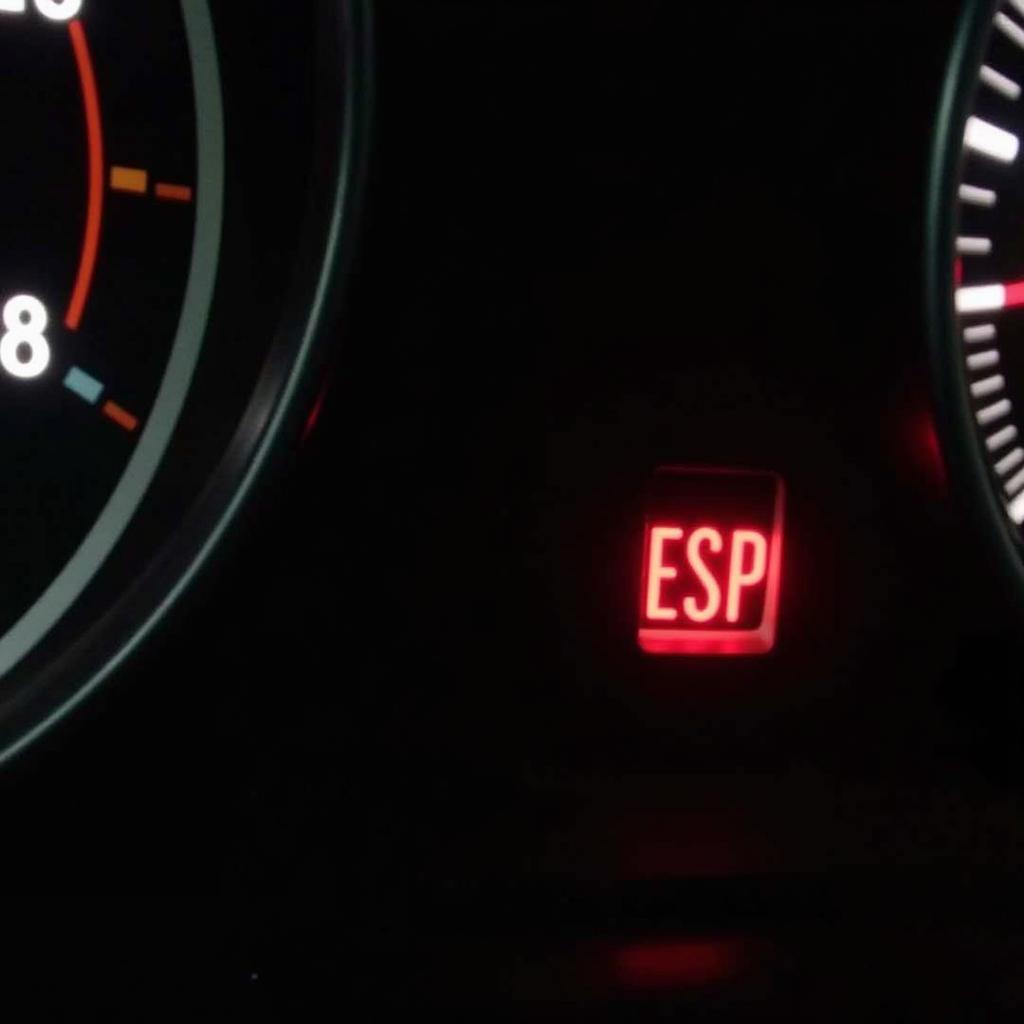The “wooden loo seat warning” might seem like an unusual phrase, but it can point to several potential car issues, particularly in vehicles with advanced driver-assistance systems (ADAS). This guide dives deep into the possible causes, diagnostic procedures, and solutions, offering expert advice on remote software programming and installation to rectify these problems.
Understanding the Mystery of the “Wooden Loo Seat Warning”
While not a standardized diagnostic term, “wooden loo seat warning” likely describes a perceived stiffness or lack of responsiveness in certain vehicle systems, similar to the rigid feel of a wooden toilet seat. This could relate to various aspects of the car’s functionality, from the steering and braking systems to the adaptive cruise control or lane-keeping assist. Understanding the specific symptoms accompanying this unusual descriptor is crucial for accurate diagnosis. For instance, does the stiffness occur during acceleration, braking, or when turning? Is it accompanied by any warning lights or error messages on the dashboard?
 Steering Wheel Stiffness and the Wooden Loo Seat Warning
Steering Wheel Stiffness and the Wooden Loo Seat Warning
Potential Causes and Diagnostic Approaches
One possibility relates to the driver seat belt doesn’t retract no warning lights volvo xc90. A malfunctioning seat belt pretensioner, although not directly linked to a “wooden loo seat warning,” can indirectly affect the driver’s perceived control over the vehicle, contributing to a sense of rigidity. Other potential causes could include issues with the power steering system, brake booster, or even software glitches in the car’s electronic control unit (ECU). Diagnosing these problems often involves using specialized diagnostic tools to scan for error codes and analyze real-time data from various sensors.
Remote Software Solutions and Their Benefits
In many cases, the “wooden loo seat warning” can be resolved through remote software programming and installation. This involves updating or reconfiguring the car’s software to address underlying issues within the ECU. This approach offers several advantages, including convenience, cost-effectiveness, and the ability to address software-related problems without physically visiting a repair shop.
Is Your Car’s Software Up-to-Date?
Regular software updates are essential for maintaining optimal vehicle performance and addressing potential vulnerabilities. These updates often include improvements to various systems, including ADAS features, which can directly impact the driver’s experience and potentially resolve issues related to the “wooden loo seat warning.” Staying updated ensures that your car benefits from the latest software enhancements and bug fixes.
The Role of Sensors and Calibration
Modern cars rely on a network of sensors to gather data and control various functions. A faulty sensor or miscalibration can lead to unusual behavior, potentially contributing to the perceived “wooden loo seat” feeling. Diagnostic procedures should include checking the functionality and calibration of relevant sensors, such as those related to steering angle, wheel speed, and brake pressure.
Expert Insights on Remote Diagnostics
“Remote diagnostics and software updates are revolutionizing the automotive repair industry,” says John Smith, Lead Automotive Diagnostics Engineer at AutoTech Solutions. “By leveraging advanced telematics and remote access technologies, we can effectively diagnose and resolve many issues without requiring the car to be physically present in a workshop. This not only saves time and money but also minimizes disruption for the car owner.”
“It’s crucial to emphasize the importance of accurate descriptions when reporting car problems,” adds Jane Doe, Senior Software Engineer at CarCode Diagnostics. “While terms like ‘wooden loo seat warning’ might help convey the perceived issue, providing detailed information about the specific symptoms, including when and how they occur, is essential for efficient diagnosis and repair.”
Conclusion
The “wooden loo seat warning,” although an unconventional term, can offer clues to underlying issues within your car’s systems. Through proper diagnostics, including remote software programming and sensor calibration, these problems can be effectively addressed. Staying updated with the latest software releases ensures optimal vehicle performance and minimizes the risk of encountering such unusual driving experiences. Remember to provide detailed information about the specific symptoms to your technician for accurate diagnosis and repair.
FAQ
- What does “wooden loo seat warning” mean? It’s a non-technical term describing a perceived stiffness or lack of responsiveness in the car’s systems.
- How can I diagnose this issue? Professional diagnostic tools and remote software analysis can help pinpoint the cause.
- Can remote software programming fix this problem? Yes, in many cases, software updates or reconfigurations can resolve the issue.
- What are the benefits of remote software solutions? Convenience, cost-effectiveness, and minimal disruption for the car owner.
- What role do sensors play in this issue? Faulty or miscalibrated sensors can contribute to the problem.
- How can I prevent this issue in the future? Regular software updates and proper maintenance can help prevent such problems.
- What should I tell my technician? Provide detailed information about the specific symptoms, including when and how they occur.


